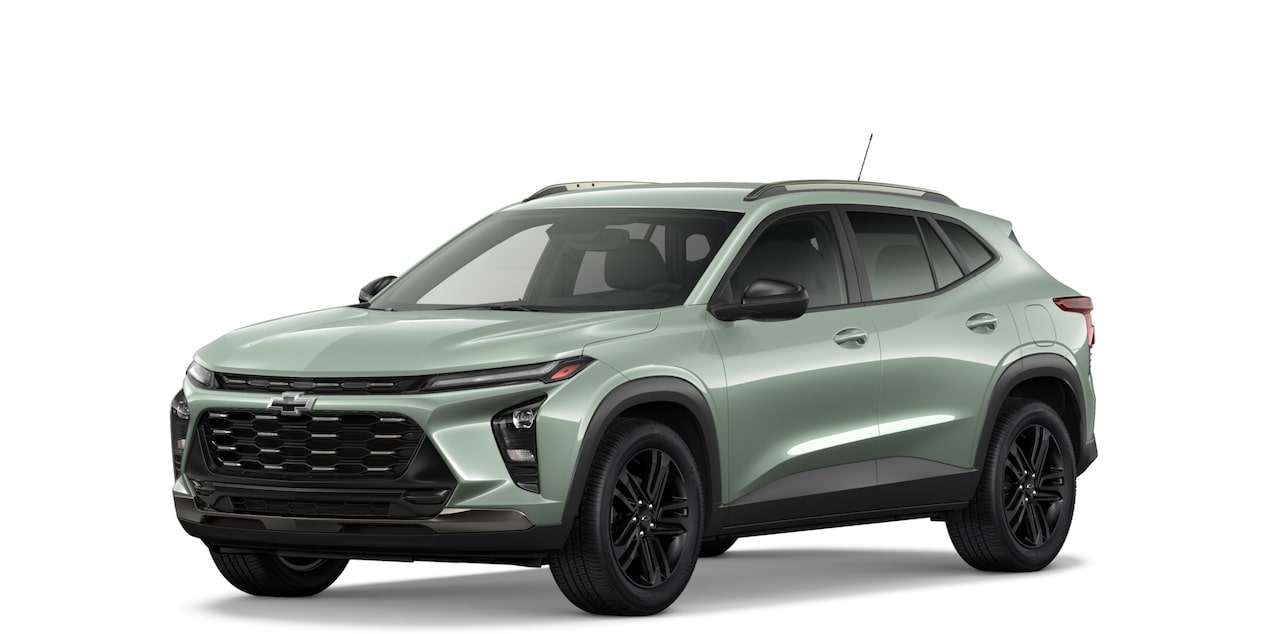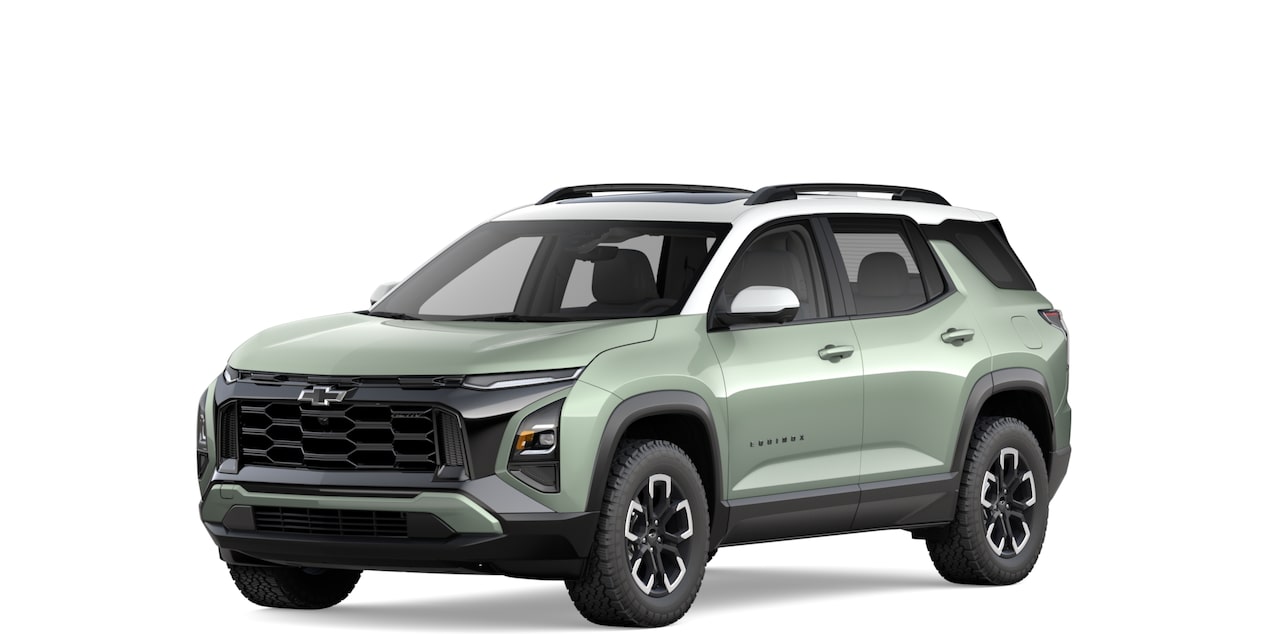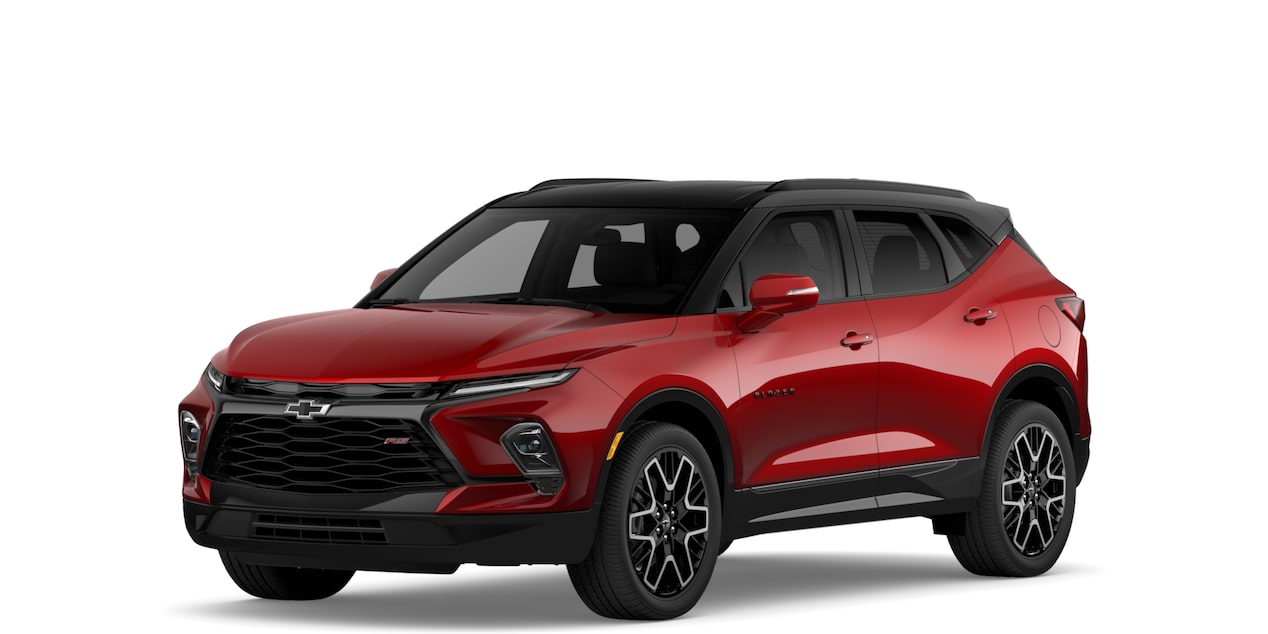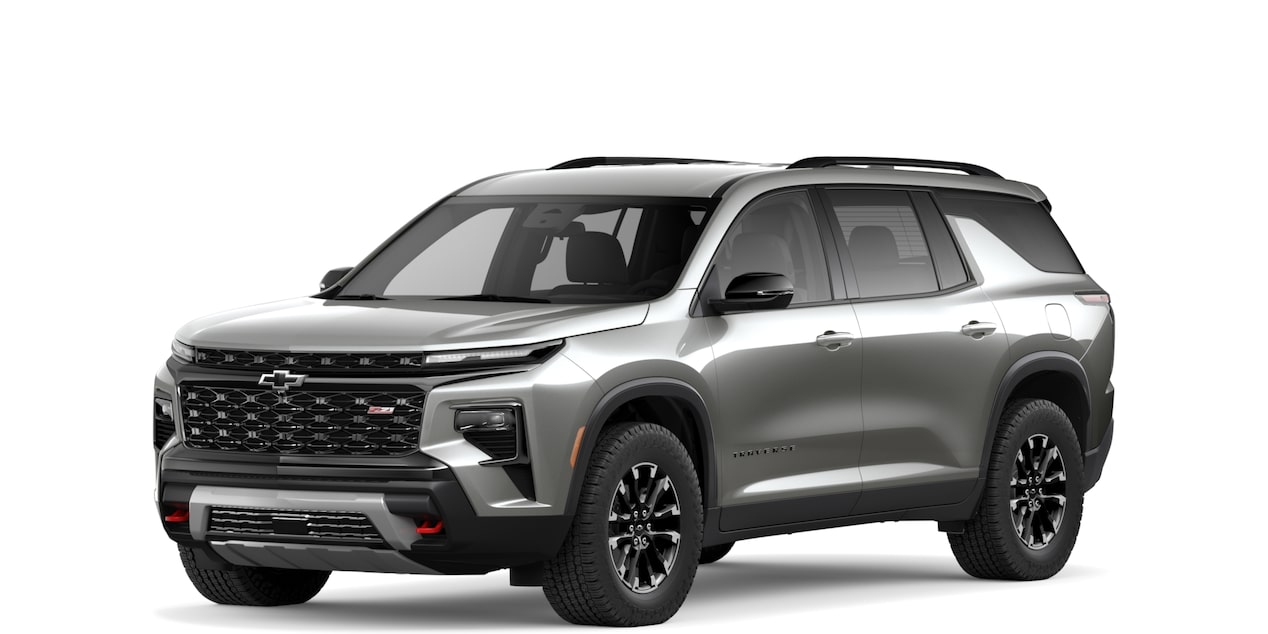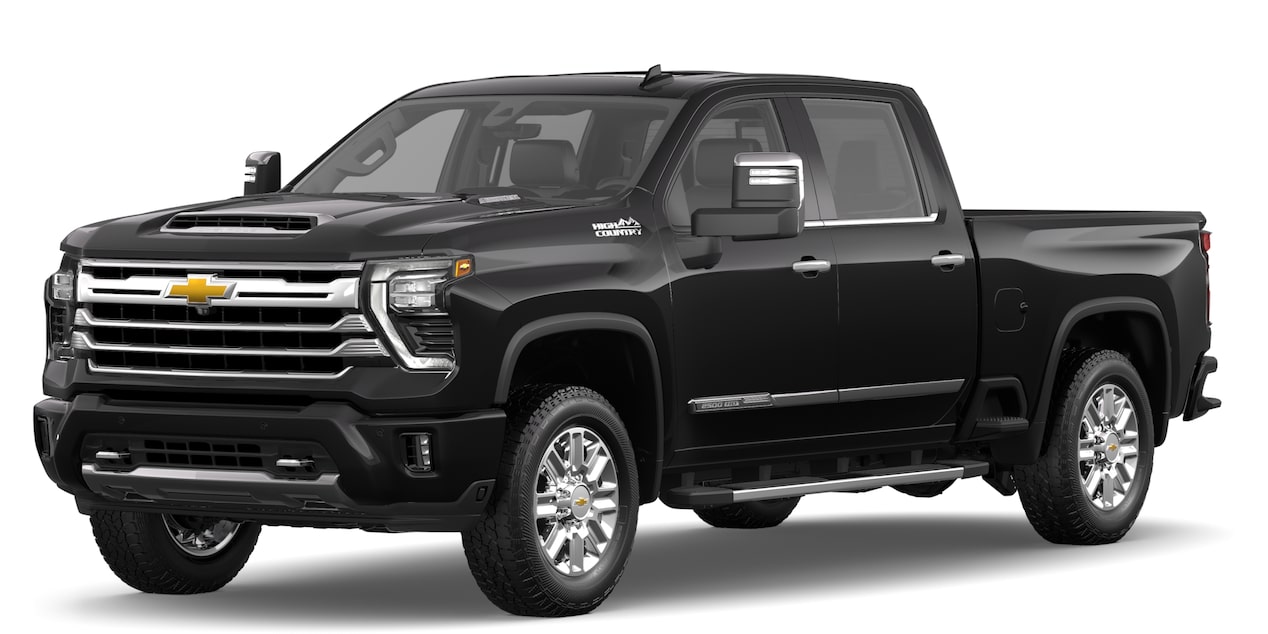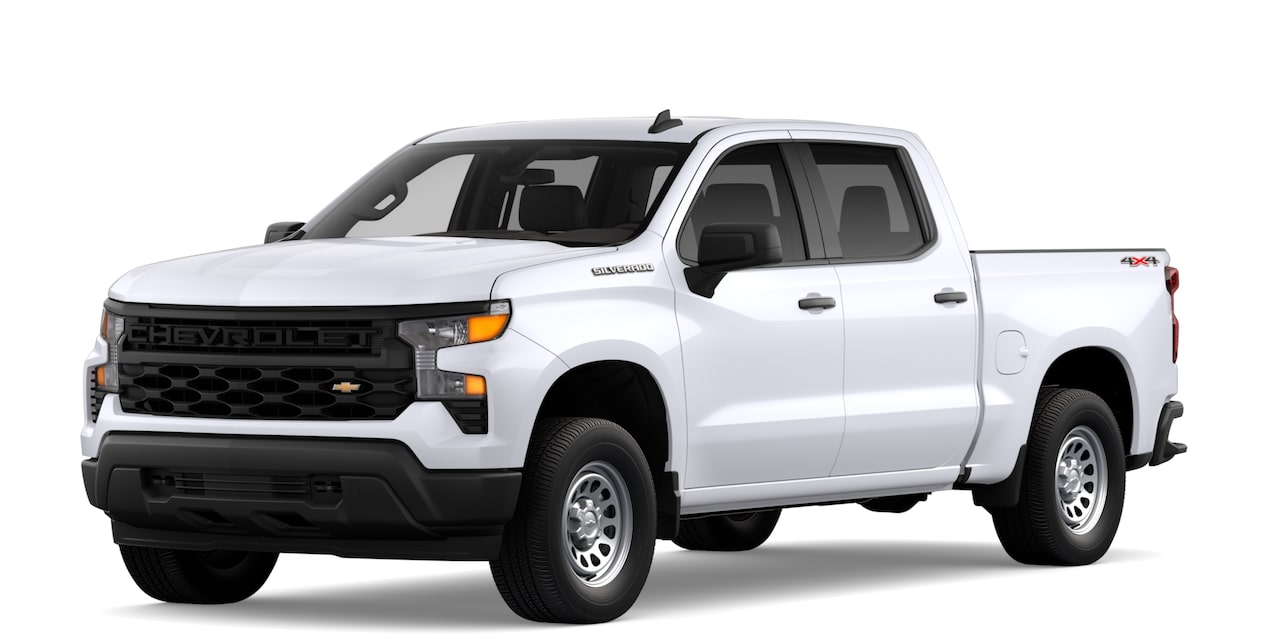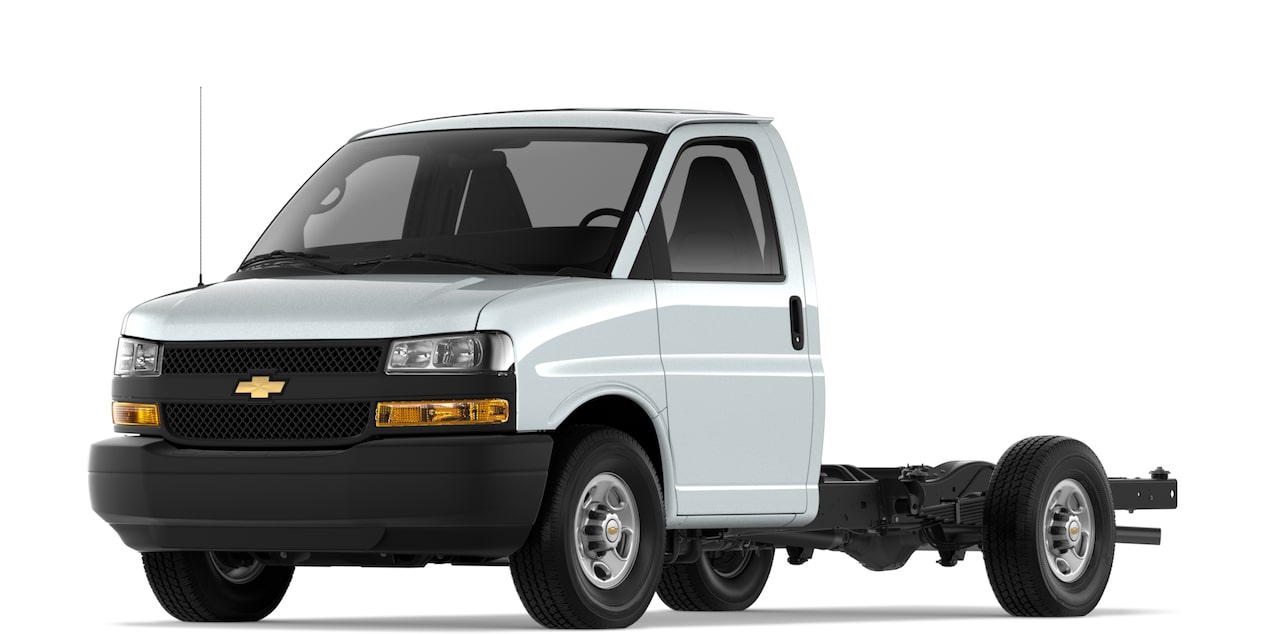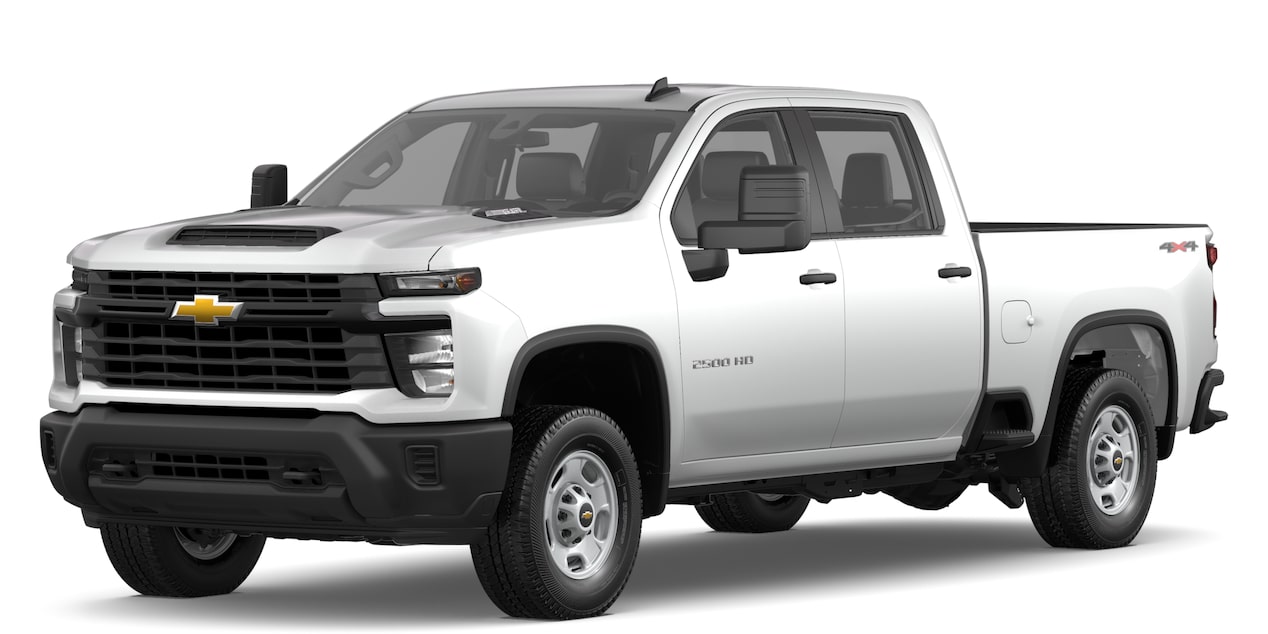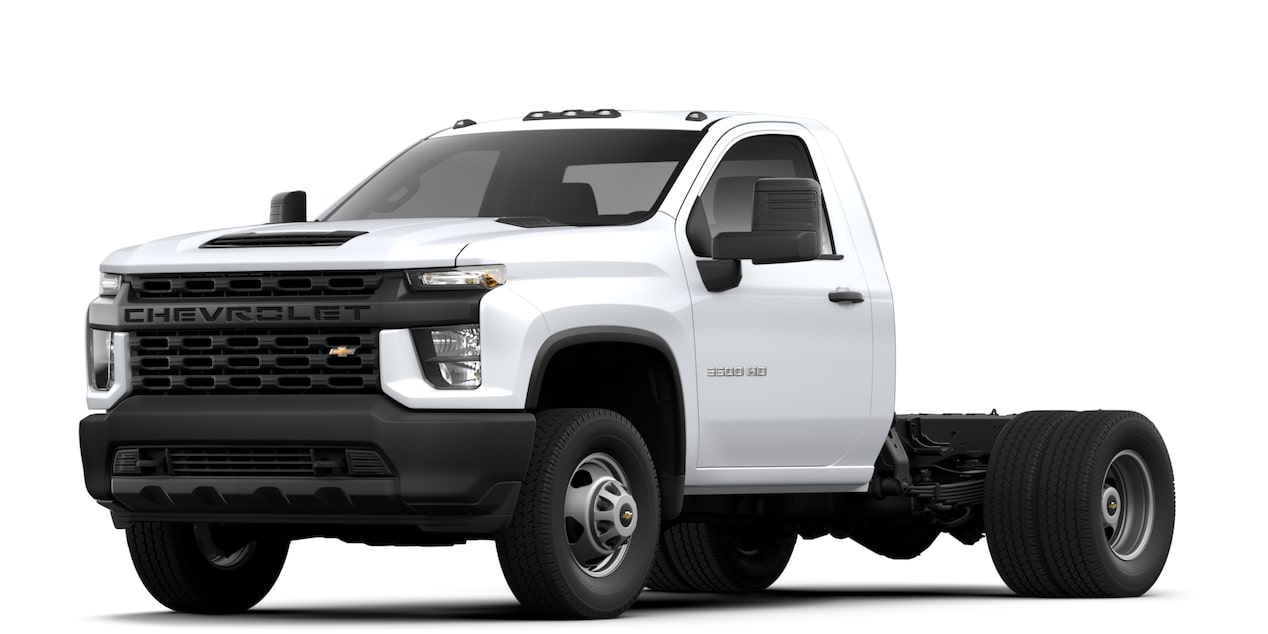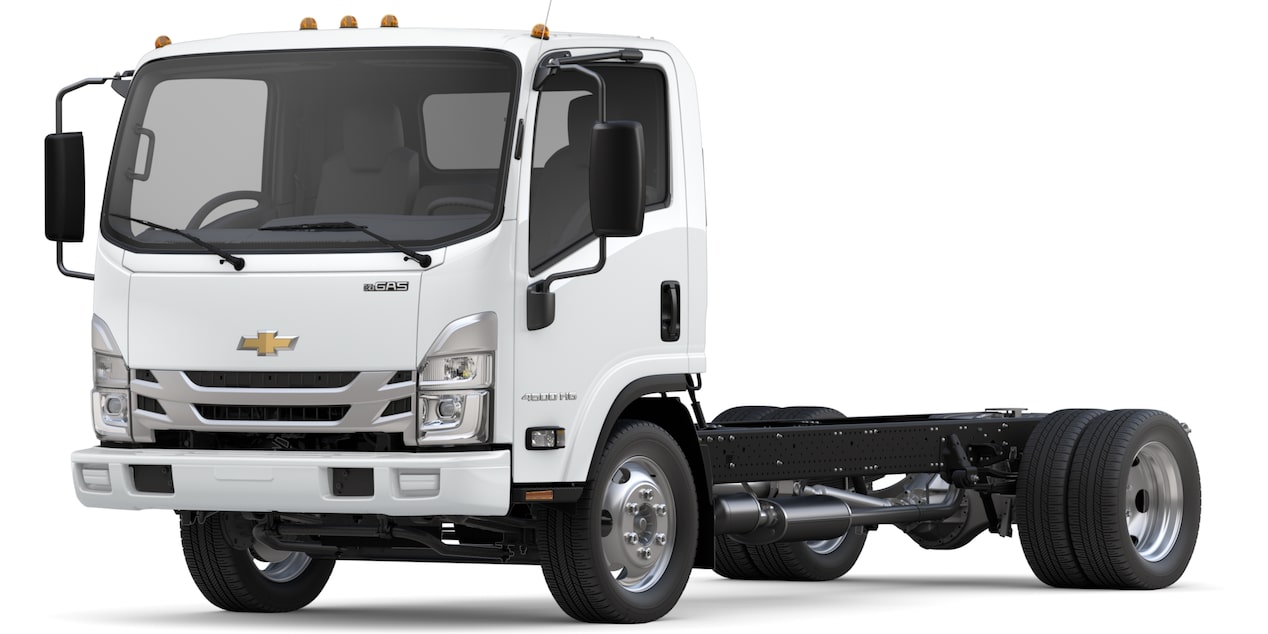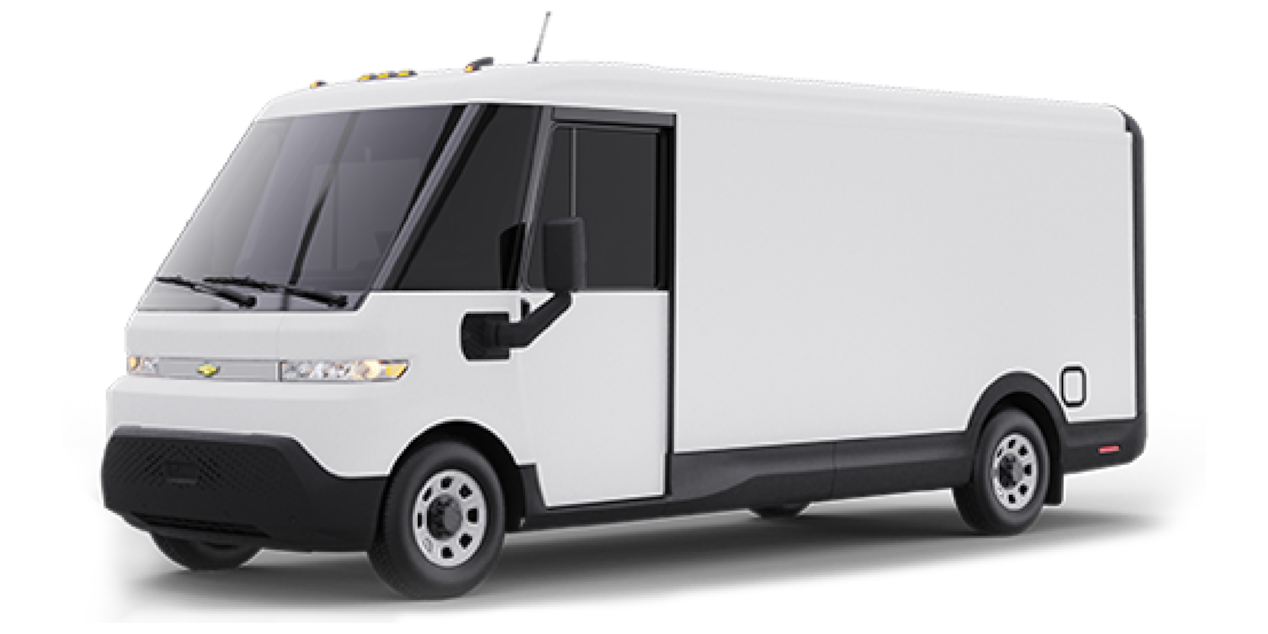
Shay Brummer’s 1955 Chevrolet First Series pickup seemed destined to live out its days in an Oklahoma field. But in 2018, Brummer came to its rescue. Now, the truck features an LT1 engine swapped from a seventh-generation Corvette, but the outside of the truck has a classic patina style.

Shay Brummer’s 1955 Chevrolet First Series truck is powered by a modern LT1 engine.
This spring, Brummer, who lives in Edmond, Oklahoma, attended the C10 Nationals at Texas Motor Speedway with the truck and his son, Cole.
“It's old on the outside and new under the hood, on the chassis, and in the interior,” Brummer said of his vehicle at the track in Fort Worth. “It’s all done very tastefully, kind of classic still, but with some of the performance and convenience of that modern drivetrain in an old truck.”
Brummer has built several vehicles, many featuring pristine paint, but the 1955 First Series is his first patina project. He’s found it much less nerve-wracking, with less concern about rock chips and other obstacles. His most recent build was a Chevrolet square-body pickup, but his wife preferred the classic 1950s style, and he had always wanted one himself. All of that led him to the truck in the Oklahoma field.
“It was partially disassembled; all the original sheet metal was laying within fifty or a hundred yards of the truck,” Brummer said. “There was a little bit of rust we had to fix but we started with a pretty decent Chevy truck."
Chevrolet only produced the First Series for 1954 and half of 1955 before altering the grille and windshield, making Brummer’s truck a somewhat rare find. However, the state it was in made it a good choice for a creative restomod project.

The LT1 under the hood is swapped from a seventh-generation Corvette.
Brummer had originally planned on swapping to an LS, but ultimately decided to go the LT route.
The LT1 like the one in Brummer’s truck was introduced in the 2014 Corvette Stingray and began the fifth generation of General Motors’ classic Small-Block V-8 engine. The power plant is capable of 460 horsepower and 465 lb.-ft. of torque and utilizes a variety of modern technology, including direct injection and continuously variable valve timing.
A crate engine version of the LT1* is also available from Chevrolet Performance and has been featured in countless performance builds.
“I was intrigued by how new it was, by the direct injection, and I had driven one of the Corvettes that had the motor in it,” Brummer explained of his choice to make the LT1 swap.
The transmission in Brummer’s truck is mated to a 4L60-E transmission from a Chevy Tahoe. He used a Chevrolet Performance LT-to-LS adapter kit to ensure the powertrain fit together properly.
Despite adding a modern powertrain to a truck nearly 70 years old, Brummer found he didn’t need to alter much.
“I didn't have to trim anything, I was able to use some exhaust manifolds from Holley that fit right in there,” he said. “I didn’t have to cut a thing other than the tunnel slightly for the 4L60, which is why I went with it instead of [any] bigger transmission.”

The truck’s worn patina look is paired with a wide variety of modern updates.
Brummer estimates the truck’s exterior is 85 percent the same as he originally found it. However, its years spent stranded in a field meant it was covered in dirt. Brummer and friends cleaned it all with Scotch-Brite, and he estimates nearly every fender has had some part repaired due to rust. Some of the less desirable paint was color-matched to the truck’s original Ocean Green, but much of the exterior maintains its natural patina with a mixture of green and blue from another of the truck’s lives.
While the exterior has a vintage look, underneath are more modern performance components. The vehicle is still on its original frame, but Brummer tore everything down as soon as he got it. He’s now added a TCI four-link suspension and sway bars in the front and rear, along with Ridetech coilovers all the way around. A boxed frame provides added stiffness and a Ford nine-inch rear end helps handle the LT1’s added horsepower. Wilwood brakes provide the stopping power.
The truck originally sported black steel wheels with hubcaps and whitewall tires. Brummer maintains that same look today with 17-inch wheels from U.S. Wheels and Diamondback Classic tires with whitewalls added.

The interior also looks classic, but features numerous upgrades.
The interior incorporates modern updates, too, with Snowden bucket seats, a Vintage Air system, Dakota Digital gauges and a miniature Sparc steering wheel that is a replica of the OEM version. Brummer built and covered the door panels, headliner and center console himself while utilizing rubber factory floor mats.
Throughout the build, Brummer did the majority of the extensive work himself.
“I did all the work with the exception of a friend who helped me with some of the chassis work, the welding and fab work,” he said. “I had friends help along the way to acquire parts or repair sheet metal, and my brother painted the interior. It was all done in just a home shop.”

Oklahoma native Shay Brummer is a lifelong Chevrolet fan.
Brummer is originally from a small Oklahoma town called Apache but moved to Edmond in his twenties. He is the national sales manager for an outdoor audio and lighting manufacturer, but the automotive hobby has played a major role throughout his life.
“I’ve always been a Chevy truck guy; my first car was a ’66 Chevy truck that my dad bought brand new,” he said. “My grandpa was in the auto body business, and I was always a big fan of cars.”
Today, Brummer’s 1955 First Series is both a unique throwback to an earlier time and an example of cutting-edge performance.
Be sure to keep watching The BLOCK for more from the C10 Nationals and other events across the nation.
*Because of its effect on a vehicle’s emissions performance, this engine is intended exclusively for use in competition vehicles. This engine is designed and intended for use in vehicles operated exclusively for competition: in racing or organized competition on courses separate from public roads, streets or highways. Installation or use of this engine on a vehicle operated on public roads, streets or highways is likely to violate U.S., Canadian, and state and provincial laws and regulations related to motor vehicle emissions.




